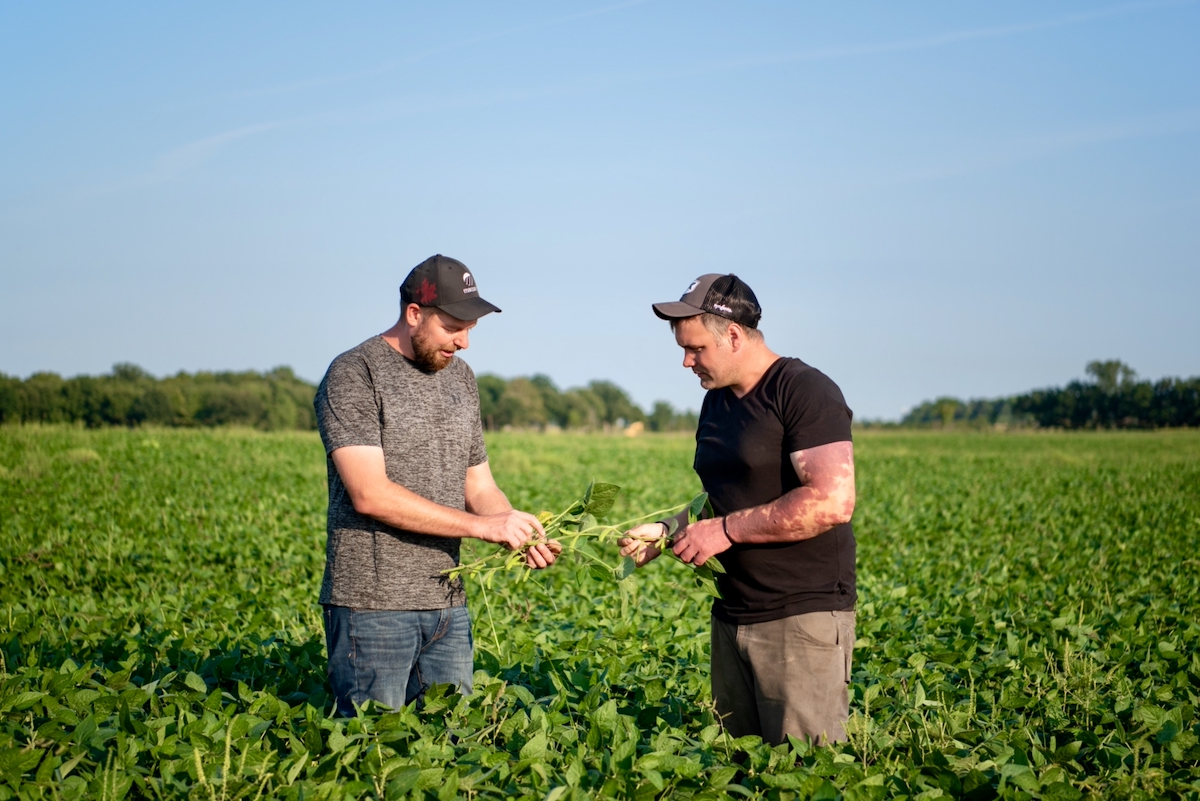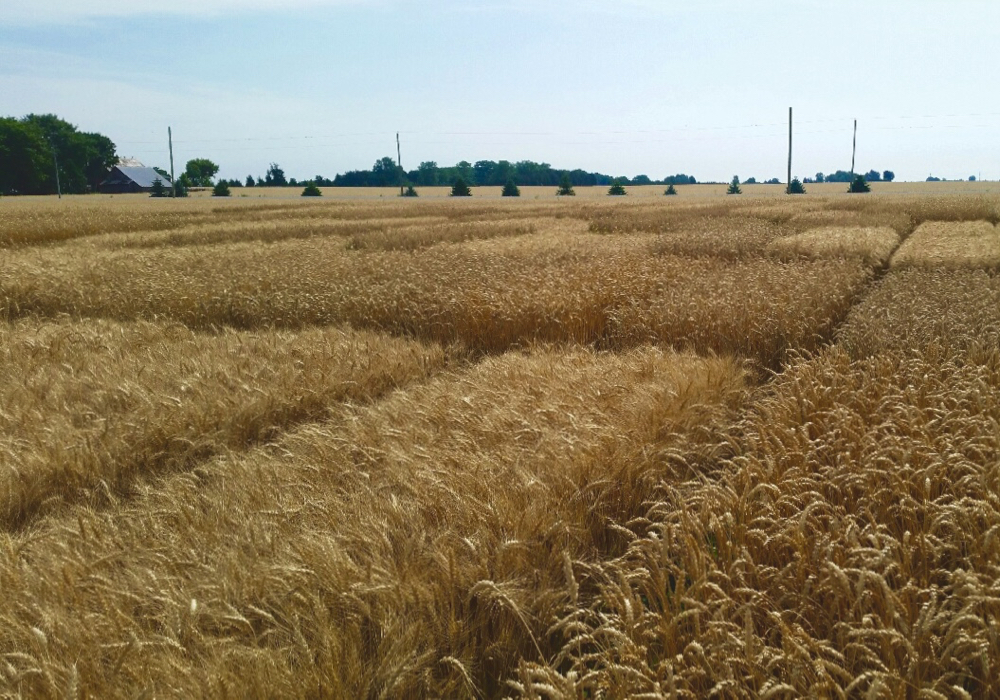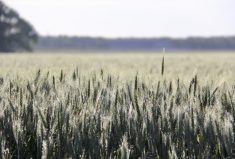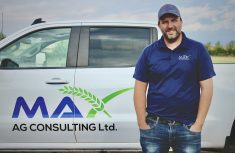The history of agriculture in Ontario’s Kent County is filled with superlatives. Its rich past includes decades of prosperity for area growers, who fed processors like Campbell’s and Libby’s with a variety of produce for over a century.
Farm organizations such as the Ontario Wheat Producers’ Marketing Board and the Ontario Soybean Growers also called the county seat, Chatham, their home for years.
Then there’s also Ridgetown College of Agricultural Technology, a centre for education and research excellence, which became the Ridgetown Campus of the University of Guelph and continues to expand its research capabilities.
Read Also

Ontario farmers partner for success
Ontario business partners, Matt Bergman and DJ Wassenaar, have been farming together for 10 years. Their focus on integrating unconventional…
The decades have passed and processors and organizations have left Kent, while growers have seen a contraction of acres of tomatoes, cucumbers, coloured dry beans and other crops that had been part of the agri-food landscape for their parents. Finding a new niche in today’s agri-food/agribusiness sector is a challenge, yet it’s one that for John Nevills is full of potential.
Nevills owns and operates Kent Ag Research, a farm facility near Wabash between Thamesville and Dresden that he’s been running since 2010. His history in ag research dates back to the mid-1990s when he was working for Cargill at the company’s facility south of St. Marys. In 1999, his mother offered to sell Nevills and his wife the family farm on Wabash Line, so he moved back to the region and joined Pride Seeds’ research department.
He became a senior associate in the corn yield trials, which is where he met Ross Simpson, who was the assistant breeder running the soybean research program at the time. At the end of 2002, Soygenetics, the parent company for Pride Seeds, decided to move the soybean research program to Minnesota while developing and supporting Canadian and U.S. soybean markets.

“At that time, Ross decided to stay in Ontario and start up a research service business offering breeding, crossing and yield trial services to various clients,” recalls Nevills. “Ross operated Rossoya Testing Inc. until 2009, growing the business each year.”
By 2010, the business workload for Simpson had grown to a point that additional help was needed, and in April of that year, Simpson and Nevills agreed to form a partnership — Kent Ag Research Inc. It was at that point that Nevills left Pride Seeds as assistant breeder to work full-time with Simpson, adding corn testing services to Kent Ag Research along with the soybean services. In 2012, they added wheat testing services and saw steady business growth within the other crops.
“It was a little bit of stretching your neck out and not knowing whether you’re going to have enough work to do,” says Nevills. “But the first year went fine and the second year started, and people recognized that Ross had a backup person to take over the business and grow it — and we started to grow. Every year since then, we’ve grown a little bit where some years it’s been five per cent growth and other years it’s been 50 per cent.”
In the years since, Nevills and his wife Laurie have invested back into the business, adding different machines to their equipment lines as well as modifying some of the pieces themselves. When they added wheat testing services in 2012, Nevills built a planter for wheat and ordered some concaves for their combine. The business has grown to where they now have 190 acres for research yield trials and nursery efforts spread across 18 locations from Harrow to Trois Rivieres, Que. That affords their clientele a wide range of crop heat units and maturity levels — from 2400 to 3300 CHUs.
They also have 220 acres devoted to preliminary production efforts, including soybean foundation and breeder seed production.
Considerable investment
Nevills also finished switching all of his planters to a GPS system, acknowledging the level of investment required, where they now have three planters that they run during the season. The 2019 growing season was the first year they had all of their planters set up accordingly. Most of their work is done in small plots — 20-foot designations with four rows — although they do some work in corn in 40-foot plots.
“The investment is quite large, but the payoff in my case is going to be there,” says Nevills “If you want to be big into research testing, you have to update the equipment you have, meaning you have to go along with the technology that’s out there. It makes things a lot quicker in the field as far as getting the process done and it makes the plots a lot nicer. Our GPS is set up to drive a straight line and it’s also set up to trip the plots as it goes through the field.”

Demand for such third-party, independent testing is on the rise, for several reasons. The first is Nevills’s long-standing reputation combined with the investments he’s made in his business. But the broader potential for independent testing comes from increasing requests from private sector seed companies. As much as 85 per cent of Nevills’s work already comes from the private sector, and he believes spending cuts within public sector research will only see that increase further.
To make room for that uptick in business, Nevills has purchased 100 acres near Tupperville, west of Dresden and adds that he’ll consider other purchases as they’re required.
“I could see in three to five years purchasing another farm similar to that, just in this area,” he says. “I’ve thought about purchasing land in the north because we do have need for land there, too, but I don’t know how I’d justify the distance and I’d need custom guys to come in to work the ground for me and harvest. These plots have to have a continuous rotation meaning that you can’t grow corn plots on corn plots. You have to rotate it with soybeans and wheat, and in those years that you do that, you have to have someone there to crop it for you.”
Other commitments
Providing assurance to private sector seed companies demands added commitment, notes Nevills, particularly in terms of equipment and logistics requirements. One seed company may need testing on a variety of traits or technologies, with an E3 plot, one for Roundup Ready 2 trait and an Xtend variety. Nevills and his group will do the yield testing for those traits, send the data back to the client and await word on which one they’ll want to pursue the following season.
But providing those data requires a level of specificity in harvesting that most farmers can’t provide. Nevills employs three twin-router combines that can collect two different samples — one on each side. It’s weighed on the left and then dispensed into an auger and loaded into appropriate bins for the seed company.
They also performed their own custom design work in developing a six-row soybean combine that looks similar to a corn header. The reason, says Nevills, is that the knives on a standard reel-type combine might fracture the plant stem and inadvertently throw it into another row containing a different variety.

Cleanout on the combine is another logistical challenge beyond what an organic or food-grade soybean grower might have to observe. With different hybrids and varieties from different companies, cleanout becomes much more important. That’s why Nevills and his staff installed high-pressure air lines to blow out the corners and the hidden sections of the combine. It’s an easy matter to throw a switch and have the cleanout completed in less than 20 minutes as opposed to nearly two hours.
Keeping the plots weed-free is another variable to each growing season and Kent Ag Research boasts three sprayers, one of which is dedicated to the use of 2,4-D/dicamba-based products. That separation negates any concerns about rinsing procedures and removing all traces of 2,4-D/dicamba in sensitive plots.
“You have to select specific products that won’t drift and won’t harm the plot beside it,” says Nevills. “Normally, what we do is block the Roundup Ready varieties together and that could also entail Enlist, Xtend and Roundup Ready2 technologies. We do a lot of spraying — we try to keep things very clean, with some plots being sprayed twice, and this year, we might have sprayed two or three of the sites three times.”
The drive is to just make sure that plots are clean. The companies using Kent Ag Research just want a fair test and their job, adds Nevills, is to treat everything the same and provide the numbers at the end. Maybe there was a time in agriculture when that was simple. Today, as Nevills shows, it’s become so complex that, like much else in farming, it is creating opportunities.
















